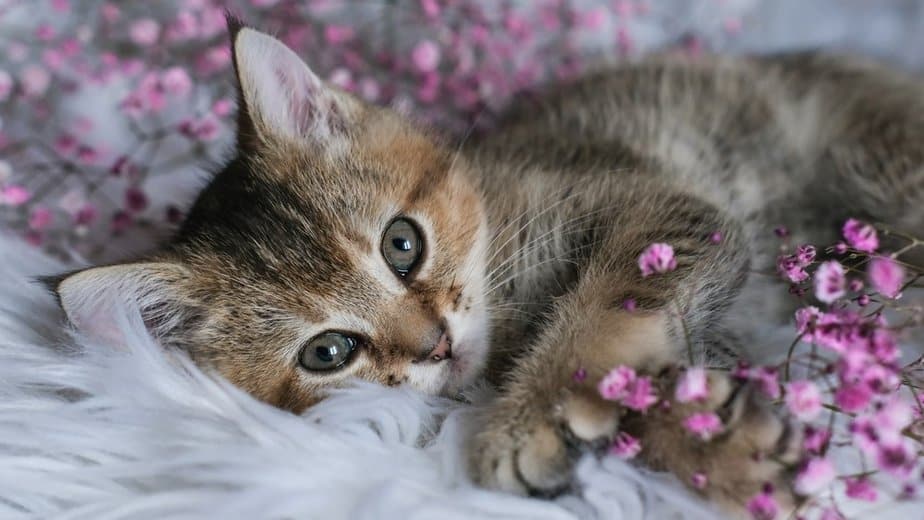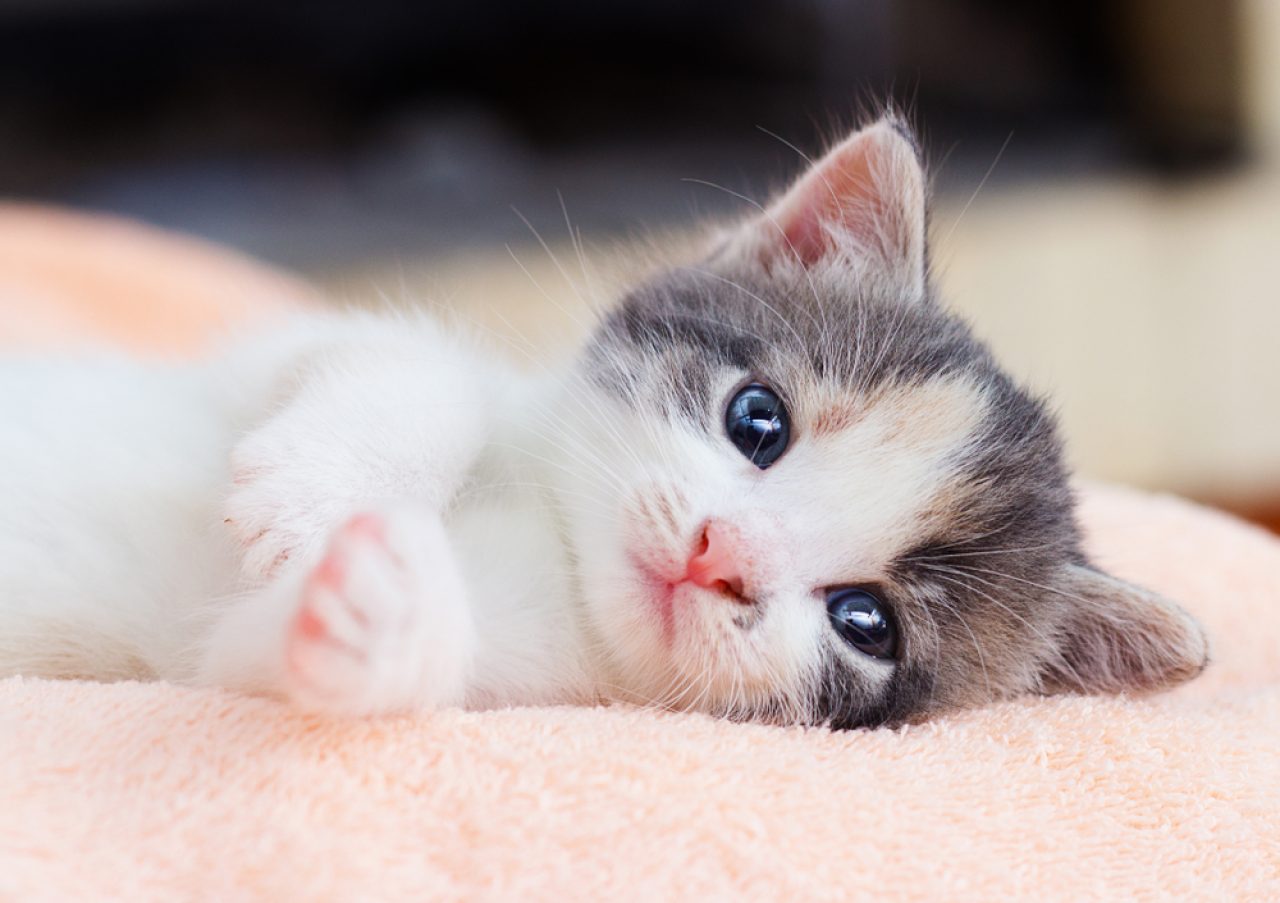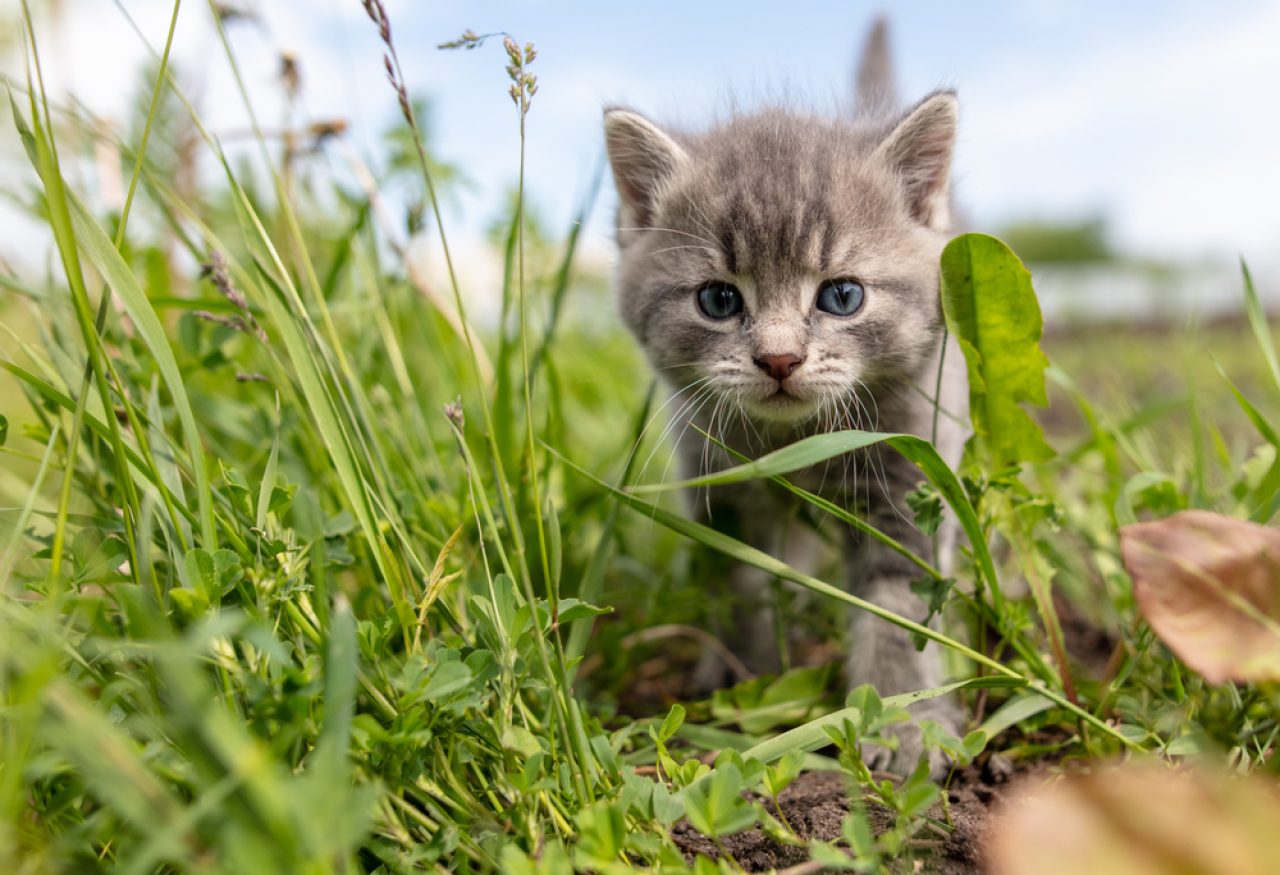📖 Table of Content:
I can bet that you’ve heard one too many times how you shouldn’t get only one kitten and how two are the optimal number. But have you ever thought about the reasons why? Have you heard about single kitten syndrome? That’s something we’ll talk about today.
Most pet shops or animal shelters won’t let you take just one kitten if you want to adopt such a young cat. That’s particularly because of this syndrome, and we’ll talk about it below. You have to keep in mind that not every kitten will have single kitten syndrome.
This completely depends on your cat’s behavior and personality, as well as on how you treat her at home. If you spend enough time with your feline, help with grooming, and if you play with her often, it’s highly unlikely that she’ll have these problems.
So, let’s find out what single kitten syndrome actually is and what you can do to prevent it.
What is single kitten syndrome?
Single kitten syndrome is actually a group of behavioral problems that show up in cats when they grow up alone. I guess that you know by now how kittens are learning everything from older felines. Therefore, they may show some bad traits if they grow up on their own, away from other cats.
Usually, if kittens are bought or adopted when they are between 4 to 6 months old, they may develop single kitten syndrome. But, what does that mean? How can you know if your cat is affected?
To put it simply, your cat is going to be needy and aggressive at the same time. Your fluff will bite and scratch excessively. She’ll be loud and she may even develop separation anxiety. Most of the time, she’ll keep you up at night because of the extra energy she has.
As I mentioned at the beginning, not every cat will have these problems. However, let’s go through the things that can happen if you adopt just one kitty. In case you’re suspecting that your furball may have single kitten syndrome, here’s what to look out for.
What can happen if you adopt just one kitten?
There are a couple of problems in your kitty’s behavior that will be visible if she has single kitten syndrome. Not only will she show these while she’s little, but you’ll also be able to spot some things as she’s growing up.
Anxiety: If your kitty is spending a lot of time alone, she may start feeling anxious. Don’t be surprised if she develops separation anxiety as well. She’s not going to behave properly and you can forget about going on longer trips.
Litter box problems: If your cat has single kitten syndrome she may pee outside of her litter box to mark her territory (or simply because she’s a mischievous little devil). When kittens are growing up with other cats, older or not, they learn basic catiquette.
Loss of appetite: Having single kitten syndrome is tightly related to separating bonded cats. When these fluffs are stressed, depressed, or anxious, the first sign that you’ll notice is the loss of appetite. Your feline won’t eat enough, or won’t eat at all since she feels alone.
Neediness: Call it what you want, but your feline will need you a lot. If your furbaby is suffering from single kitten syndrome, she’ll need you constantly. You’re the only friend she has and spending time with you will be utterly important. For that reason, she’ll be extremely attached to you and will definitely require a lot of attention and affection from your side. If you’re not ready to be present in your kitten’s life all the time, it would be better if you adopt two of them at the same time.
How to prevent single kitten syndrome?
Of course, as with any problem, this one too has a solution; a couple of them if I’m being honest. In the next part, you’ll be able to read more about each one of them. In order to prevent single kitten syndrome or ease the consequences, here’s what you can do.
Adopt two kittens: I know that adopting a kitten is a lot of work, but trust me when I say that adopting two is easier. You won’t need to spend too much time playing with them, because they will mainly play with each other. Also, if one is a better learner, the other will follow as well.
Extend playtime: If you’re sure that you can’t afford to have two kitties, then make sure that you spend a lot of time playing with your fluff. You can also get her out to socialize or ask your bestie to bring her furbaby next time she visits.
Buy her a lot of toys: No, I’m not exaggerating – buy your fluff a lot of interactive toys if you want to prevent single kitten syndrome. I know that this may be an expensive investment, but having a scratch post, some balls that she can chase, or feather toys, will definitely help her to get familiar with her abilities.
Adopt an older cat into your household: And we come back to adopting another fluff into your home. As they are getting older, felines lose their initial kittens’ energy, so they won’t be as active as youngsters. For this reason, having an older cat by your kitten’s side is going to be extremely helpful.
She can teach your furbaby some essential things like how to use the litter box, or how not to destroy your furniture. Older cats require less time and energy from your side, and they’re in the advantage of explaining the basics since they’re meowing the same language.



